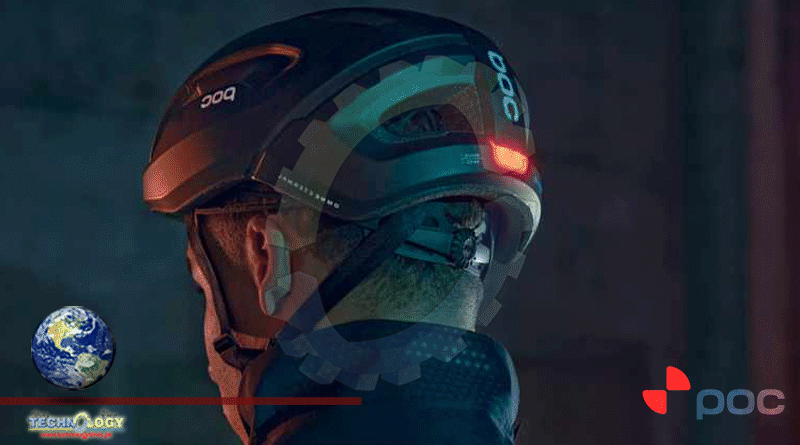A “Self-Powered Cycling Helmet”, Which Integrates Solar Technology Into The Shell That Charges Via Ambient Light To Power A Rear Light

POC has launched the Omne Eternal, a “self-powered cycling helmet”, which integrates solar technology into the shell that charges via ambient light to power a rear light. The helmet uses Powerfoyle, a “light-harvesting material” that, like other solar cells, can convert any light source into electrical energy. This is integrated into three panels on the top of the helmet. Unsurprisingly, the Powerfoyle website doesn’t detail exactly how the technology works, but its key selling point appears to be that it will charge more efficiently from ambient light (even from a bulb) compared to a traditional solar panel, which works best with direct sunlight. The generated energy is then used to power an automatically-controlled rear light that is integrated into the back of the helmet. This light is powered by the solar cell alone, and its operation is fully passive, so there is no charging cable or power switch. Placing the helmet on your head activates the light. Exactly how this works is not specified.
According to POC: “when used outdoors, on an average day with mixed clouds, the helmet battery will gain about twice the energy used to power the light”. POC added that, as an example, if you wanted to do some epic 10-hour overnight ride, “it would last that long easily enough and once morning arrives it would start re-charging whilst you use it”. The helmet itself is based on the POC Omne Air SPIN, a road cycling helmet that is also offered as a peaked commuting/urban helmet. We reviewed this helmet in 2020, praising it for its snug and comfortable fit, and great ventilation.
The helmet will cost €250 (international pricing TBC) and will be available from June 2021. While the helmet is an interesting initial showcase for the technology, Powerfoyle boldly boasts the technology could “transform outdoor and indoor light into clean, endless energy for everyone”. Could this mean the end of charging mobile phones? Looking back towards cycling, will we see a bike plastered in the stuff and used to trickle-charge electric drivetrains? Will we never have to worry about charging Di2 again? Only time will tell.
This news was originally published at Bike Radar
